-
 Bitcoin
Bitcoin $83,957.5850
-5.35% -
 Ethereum
Ethereum $2,326.1467
-6.70% -
 Tether USDt
Tether USDt $0.9985
-0.04% -
 XRP
XRP $2.1900
-5.64% -
 BNB
BNB $610.5855
-2.00% -
 Solana
Solana $134.6534
-6.56% -
 USDC
USDC $0.9998
0.00% -
 Dogecoin
Dogecoin $0.2026
-4.07% -
 Cardano
Cardano $0.6449
-5.52% -
 TRON
TRON $0.2268
-1.86% -
 Chainlink
Chainlink $15.1993
-0.67% -
 Litecoin
Litecoin $124.3319
8.45% -
 Avalanche
Avalanche $21.7601
-0.80% -
 Sui
Sui $2.8656
-3.03% -
 Stellar
Stellar $0.2853
-3.40% -
 Toncoin
Toncoin $3.4966
-1.47% -
 Shiba Inu
Shiba Inu $0.0...01436
1.98% -
 UNUS SED LEO
UNUS SED LEO $9.0635
1.32% -
 Hedera
Hedera $0.1954
-1.26% -
 Polkadot
Polkadot $4.7367
2.29% -
 MANTRA
MANTRA $7.0758
-8.67% -
 Hyperliquid
Hyperliquid $19.4882
-3.89% -
 Ethena USDe
Ethena USDe $0.9988
-0.04% -
 Bitcoin Cash
Bitcoin Cash $293.4387
0.61% -
 Dai
Dai $0.9994
-0.02% -
 Bitget Token
Bitget Token $3.9701
-7.81% -
 Uniswap
Uniswap $7.8660
-5.51% -
 Monero
Monero $213.2577
-1.36% -
 NEAR Protocol
NEAR Protocol $3.0058
0.05% -
 Pepe
Pepe $0.0...08289
0.56%
What is the decentralization of blockchain?
Blockchain decentralization empowers networks by distributing control and enhancing security, transparency, and immutability of data and transactions, making them resistant to censorship and malicious attacks.
Feb 18, 2025 at 12:36 am
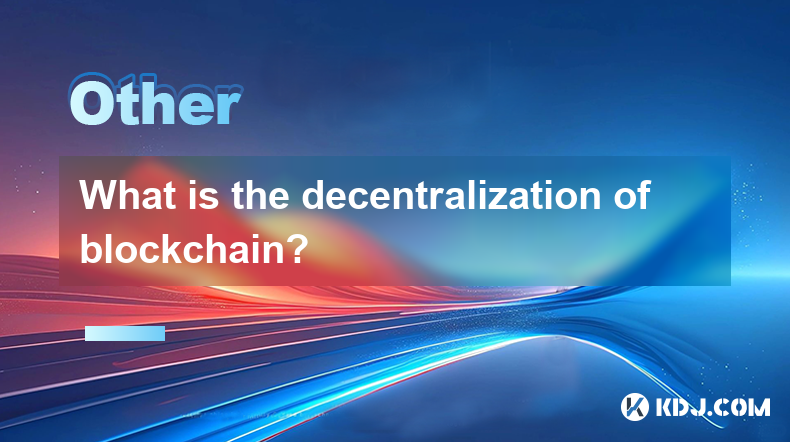
Key Points of Blockchain Decentralization:
- Decentralized networks distribute power and control across a network of participants, rather than concentrating authority in a single central entity.
- Blockchain technology employs decentralization to enhance security, transparency, and immutability of data and transactions.
- Decentralized blockchains are resistant to censorship, tampering, and malicious attacks.
Understanding Blockchain Decentralization
Elimination of Centralized Control:
Blockchain decentralization eliminates the need for a central authority or intermediary to oversee or validate transactions. Instead, power is distributed among a network of independent nodes that maintain a complete copy of the blockchain. Each node has equal rights and responsibilities within the network, preventing any single entity from gaining undue influence.
Consensus Mechanisms for Decentralization:
To ensure that all nodes on the blockchain agree on the same state of the ledger, decentralized protocols employ consensus mechanisms such as Proof of Work (PoW), Proof of Stake (PoS), or Byzantine Fault Tolerance (BFT). These mechanisms ensure that new blocks and transactions are validated and appended to the blockchain accurately and reliably.
Transparency and Auditability:
Decentralized blockchains provide unparalleled transparency as all transactions and data are recorded on the public ledger. Every node has access to a complete and immutable record of the blockchain, enabling transparency and auditability of all activities. This prevents any individual or organization from manipulating or altering data without the knowledge of the entire network.
Increased Security:
Centralized systems are prone to hacking and security breaches as they often have a single point of failure. In contrast, decentralized blockchains distribute data across a vast network of nodes, making it virtually impossible to compromise or alter the entire system. Malicious actors would need to control a majority of the nodes to launch a successful attack, which is highly improbable.
Prevention of Censorship and Interference:
Decentralized blockchains are not subject to censorship or interference from external entities. Transactions and data recorded on the blockchain are immutable and cannot be selectively deleted or altered by governments, corporations, or other malicious actors. This protects users from having their activities monitored or suppressed.
FAQs on Blockchain Decentralization
What are the benefits of blockchain decentralization?
- Increased security, transparency, and resistance to censorship and interference.
- Elimination of central points of failure and reliance on trusted third parties.
- Promotion of fair and equal participation in network governance and decision-making.
How does blockchain decentralization differ from centralized systems?
- In decentralized systems, power is distributed across multiple nodes, while in centralized systems, control is held by a single entity.
- Decentralized blockchains are immutable and transparent, while centralized systems can be manipulated and data can be altered.
- Decentralized networks are more secure and resistant to malicious attacks compared to centralized systems.
What are the challenges associated with blockchain decentralization?
- Maintaining a balance between decentralization and efficiency, as fully decentralized systems can be slower and less scalable.
- Ensuring that nodes remain independent and do not collude to compromise the network's integrity.
- Addressing scalability issues as the network grows and the number of transactions increases.
Disclaimer:info@kdj.com
The information provided is not trading advice. kdj.com does not assume any responsibility for any investments made based on the information provided in this article. Cryptocurrencies are highly volatile and it is highly recommended that you invest with caution after thorough research!
If you believe that the content used on this website infringes your copyright, please contact us immediately (info@kdj.com) and we will delete it promptly.
- ADA's Price Action Has Been Anything But Stable, with the Token Going Through Multiple Waves of Volatility
- 2025-02-27 07:10:31
- Coldware (COLD) Emerges as the Top DePIN Presale, Outperforming Avalanche (AVAX) and Binance (BNB)
- 2025-02-27 07:05:31
- The stock of the company now known as Strategy (MSTR) — formerly MicroStrategy — spent virtually all of 2024 soaring.
- 2025-02-27 07:05:31
- The Digital Currency Domain Is Swirling in a Tempest as Bitcoin and Ethereum Tumble
- 2025-02-27 07:05:31
- Looking Back a Year From Now, Regretting You Missed the Next Big Meme Coin Explosion Will Be Crushing
- 2025-02-27 07:05:31
- RENDER Price Could Plunge to $1 After Breaking Critical Support: Expert Warns
- 2025-02-27 07:05:31
Related knowledge
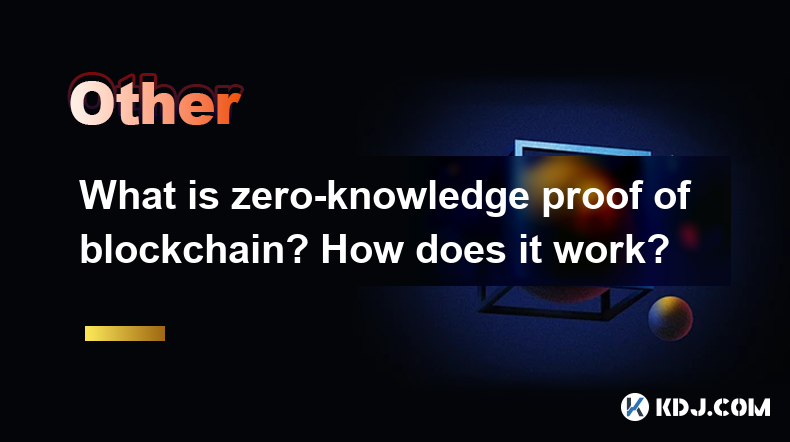
What is zero-knowledge proof of blockchain? How does it work?
Feb 27,2025 at 03:55am
What is Zero-Knowledge Proof of Blockchain? How Does it Work?Key Points:Definition: Zero-knowledge proof (ZKP) is a cryptographic method allowing one party (the prover) to prove to another party (the verifier) that a statement is true without revealing any information beyond the truth of the statement itself. In the blockchain context, this translates t...
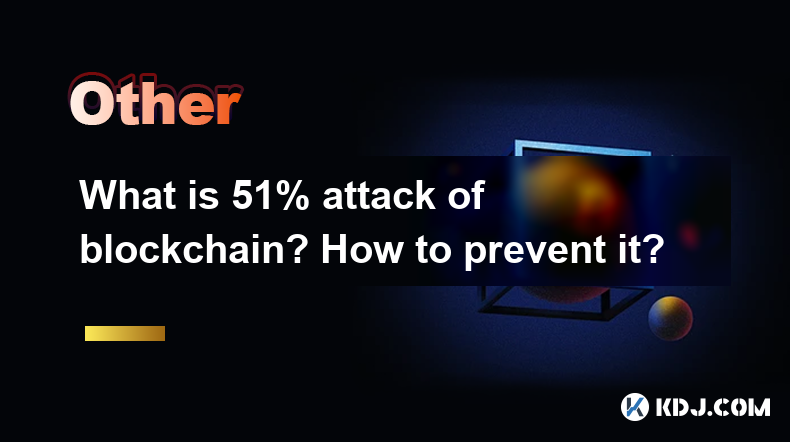
What is 51% attack of blockchain? How to prevent it?
Feb 27,2025 at 03:19am
What is a 51% Attack of Blockchain? How to Prevent It?Key Points:Understanding the 51% Attack: A 51% attack, also known as a majority attack, occurs when a single entity or a group of colluding entities gains control of over 50% of the network's hashing power (in Proof-of-Work blockchains) or stake (in Proof-of-Stake blockchains). This allows them to ma...
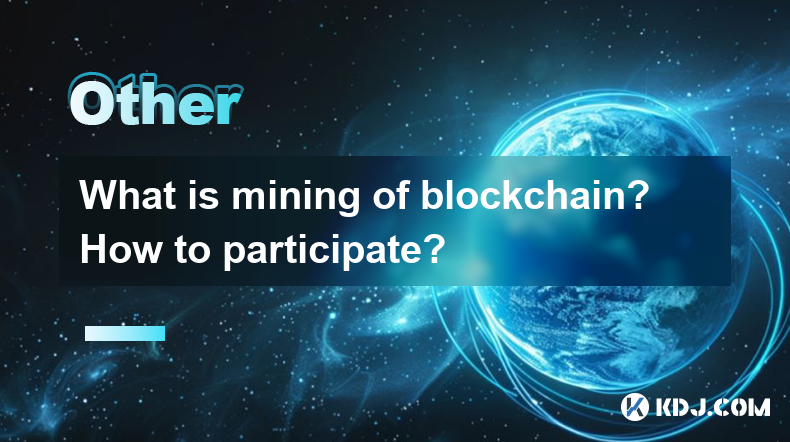
What is mining of blockchain? How to participate?
Feb 27,2025 at 12:36am
What is Mining of Blockchain? How to Participate?Key Points:Understanding Blockchain Mining: A deep dive into the process, its purpose within the blockchain ecosystem, and the different consensus mechanisms employed.Types of Mining: Exploring Proof-of-Work (PoW), Proof-of-Stake (PoS), and other less common consensus mechanisms, highlighting their differ...
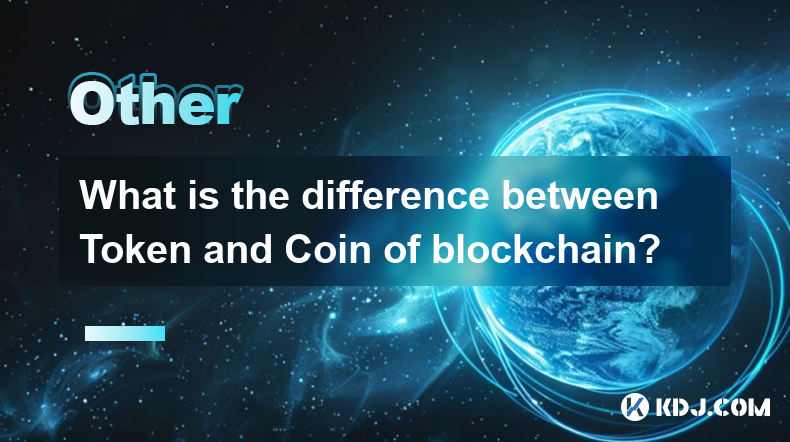
What is the difference between Token and Coin of blockchain?
Feb 27,2025 at 03:24am
What is the Difference Between Token and Coin of Blockchain?Key Points:Coins: Represent native cryptocurrencies built on their own blockchain networks. They serve as the primary medium of exchange within their respective ecosystems and are often used for transaction fees and staking. Examples include Bitcoin (BTC) and Litecoin (LTC).Tokens: Represent as...
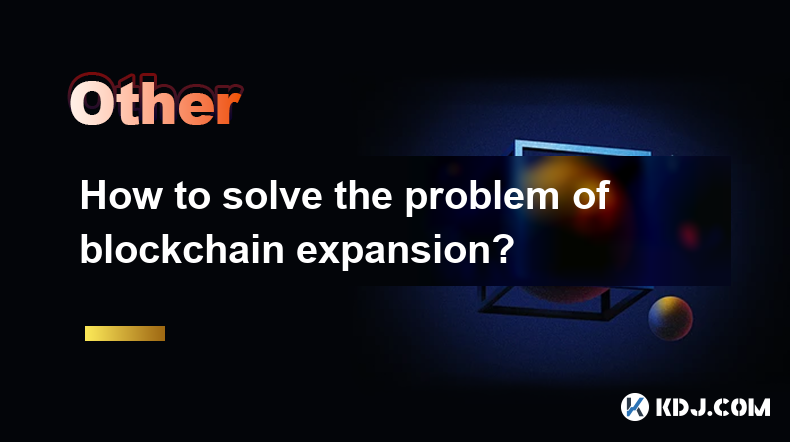
How to solve the problem of blockchain expansion?
Feb 27,2025 at 03:37am
How to Solve the Problem of Blockchain Scalability?Key Points:Layer-2 Scaling Solutions: Exploring techniques like state channels, rollups (optimistic and zk-SNARKs), and sidechains to process transactions off-chain, significantly increasing throughput.Sharding: Dividing the blockchain into smaller, more manageable shards to process transactions concurr...
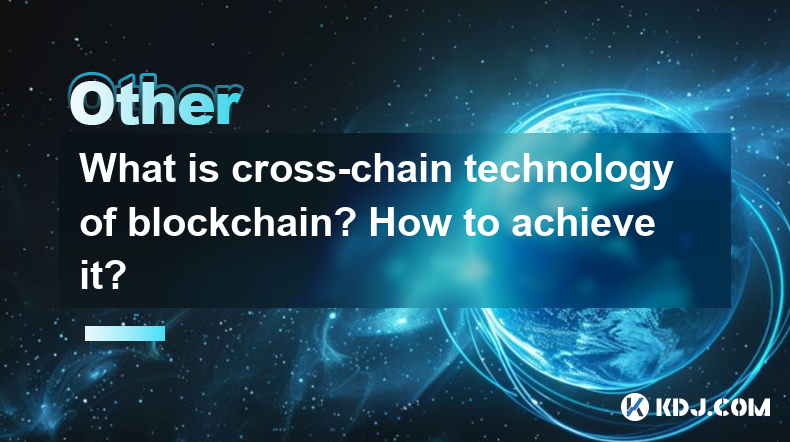
What is cross-chain technology of blockchain? How to achieve it?
Feb 27,2025 at 06:49am
What is Cross-Chain Technology of Blockchain? How to Achieve It?Key Points:Cross-chain technology enables interoperability between different blockchain networks, allowing for the seamless transfer of assets and data across disparate systems.Achieving cross-chain functionality involves overcoming significant technical challenges related to security, scal...

What is zero-knowledge proof of blockchain? How does it work?
Feb 27,2025 at 03:55am
What is Zero-Knowledge Proof of Blockchain? How Does it Work?Key Points:Definition: Zero-knowledge proof (ZKP) is a cryptographic method allowing one party (the prover) to prove to another party (the verifier) that a statement is true without revealing any information beyond the truth of the statement itself. In the blockchain context, this translates t...

What is 51% attack of blockchain? How to prevent it?
Feb 27,2025 at 03:19am
What is a 51% Attack of Blockchain? How to Prevent It?Key Points:Understanding the 51% Attack: A 51% attack, also known as a majority attack, occurs when a single entity or a group of colluding entities gains control of over 50% of the network's hashing power (in Proof-of-Work blockchains) or stake (in Proof-of-Stake blockchains). This allows them to ma...

What is mining of blockchain? How to participate?
Feb 27,2025 at 12:36am
What is Mining of Blockchain? How to Participate?Key Points:Understanding Blockchain Mining: A deep dive into the process, its purpose within the blockchain ecosystem, and the different consensus mechanisms employed.Types of Mining: Exploring Proof-of-Work (PoW), Proof-of-Stake (PoS), and other less common consensus mechanisms, highlighting their differ...

What is the difference between Token and Coin of blockchain?
Feb 27,2025 at 03:24am
What is the Difference Between Token and Coin of Blockchain?Key Points:Coins: Represent native cryptocurrencies built on their own blockchain networks. They serve as the primary medium of exchange within their respective ecosystems and are often used for transaction fees and staking. Examples include Bitcoin (BTC) and Litecoin (LTC).Tokens: Represent as...

How to solve the problem of blockchain expansion?
Feb 27,2025 at 03:37am
How to Solve the Problem of Blockchain Scalability?Key Points:Layer-2 Scaling Solutions: Exploring techniques like state channels, rollups (optimistic and zk-SNARKs), and sidechains to process transactions off-chain, significantly increasing throughput.Sharding: Dividing the blockchain into smaller, more manageable shards to process transactions concurr...

What is cross-chain technology of blockchain? How to achieve it?
Feb 27,2025 at 06:49am
What is Cross-Chain Technology of Blockchain? How to Achieve It?Key Points:Cross-chain technology enables interoperability between different blockchain networks, allowing for the seamless transfer of assets and data across disparate systems.Achieving cross-chain functionality involves overcoming significant technical challenges related to security, scal...
See all articles

















































































